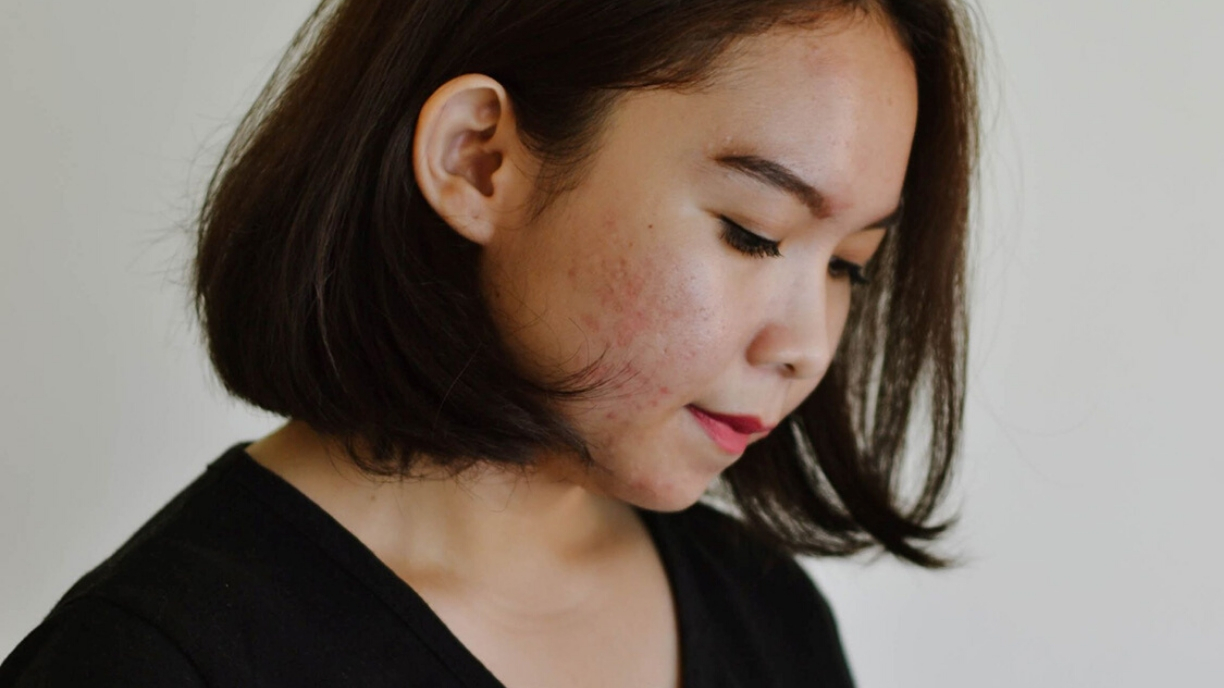
The feeling of triumph you get when your acne has finally cleared is unparalleled, but seeing the dark red or brown spots left in its place can be so disheartening. Hyperpigmentation can make the battle for clear skin seem endless, but Post-Inflammatory Hyperpigmentation, in particular, can be tricky to deal with.
In this blog, I’ll be going over the common causes of PIH as well as the best ways to treat and prevent it. While it requires time, patience, and consistent treatment, I can show you how to uncover the clear, glowing skin you’ve always had.
- What is Hyperpigmentation?
- Post-Inflammatory Hyperpigmentation (PIH)
- How Long Does It Take To Get Rid Of PIH?
- How To Heal Post-Inflammatory Hyperpigmentation
- 4 Steps To Prevent Hyperpigmentation
- My Favorite Products for Treating PIH That Contain Stem Cell Cytokines
What Is Hyperpigmentation?
To put it simply, hyperpigmentation is a common skin condition that appears as patches of skin that are a darker color than the surrounding skin. Hyperpigmentation affects all skin types, regardless of age or skin tone. However, those with darker skin tend to be more susceptible to it. Areas of the body that receive more exposure to the sun are most likely to be affected by hyperpigmentation. Think areas like your face, chest, arms, and legs.
Although we’ll be focusing primarily on Post Inflammatory Hyperpigmentation (PIH) today, it is necessary to note that there are multiple types of hyperpigmentation. The other two prominent variations of hyperpigmentation are dark spots and melasma.
Dark Spots
Dark spots, also known as age spots or sun spots, are small areas of discoloration that appear on older adults. This type of hyperpigmentation usually occurs on areas of the body that have received the most sun exposure, causing significant discoloration.
Melasma
On the other hand, melasma is a response to hormonal changes that often affect women who are either pregnant or taking birth control pills. This form of PIH usually appears as pigmented patches of skin on areas of the face or stomach. This is especially common in women of darker skin tones.
Post-Inflammatory Hyperpigmentation (PIH)
Alright, so what gives? Your acne has finally healed up, but a dark, visible spot remains in its place. Well, when your white head finally clears and you see a patch of skin that’s darker or more red than the surrounding skin, you’re looking at post-inflammatory hyperpigmentation (PIH). This type of hyperpigmentation happens when the skin experiences trauma or inflammation of any kind. Common causes of PIH can include anything from acne to eczema. Any small cut, burn, or scrape can cause inflammation and lead to PIH. Ouch!
These flat patches of darkened skin, often called macules, result from your skin’s natural response to inflammation. Though most often appearing as dark reddish or brown spots, they can vary slightly in color. Depending on your skin tone, these patches can range from pink to red or even dark purple.
Post-Inflammatory Hyperpigmentation Vs. Acne Scars
Although PIH can leave discolored areas on your skin that seem to last forever, these spots are not true scars. A scar results from either an excessive amount of tissue or collagen build-up in the skin or a lack thereof. This can lead to raised or depressed scars on the skin’s surface. PIH doesn’t typically look raised or depressed but rather flat and often reddish in color.
So if they aren’t scars, why won’t they go away? PIH results from increased blood flow to compromised areas during the healing process. So even if the spot isn’t active anymore, you’ll still see significant discoloration as it continues to heal. For some people, this can be the most inconvenient aspect of breakouts.
How Long Does It Take To Get Rid Of PIH?
As I mentioned above, PIH results from increased blood flow to an area of dermal trauma. This means that the spot is technically still healing. On average, it can take about 6-9 months for these spots to heal completely. (Yikes!) So even if the breakout is no longer active, it’s likely still recovering.
You can wait for it to fade over time; however, that can be a slow and often very frustrating affair. I don’t know about you, but I want spots to diminish as quickly as possible! The good news is there are ways to speed up the healing process and fade those spots faster. Let’s go over some of the different treatment options.
How To Heal Post-Inflammatory Hyperpigmentation
I have always been an advocate for good skincare, however, healthy skin is crucial in the treatment of PIH. Here are a couple ways you can keep your skin feeling happy and healthy in order to help PIH heal faster.
- Exfoliate regularly. This is an essential step in treating PIH. Regular exfoliation is necessary for a healthy, radiant complexion as it helps lift away dead skin cells and breakout-causing debris. It can also be effective in speeding the process of brightening dark spots and preventing new ones from forming.
- Add nourishing ingredients and correctives. If you’re looking to improve your PIH as fast as possible, it’s important to incorporate key nutrients and corrective agents into your daily skincare routine. These hard-working ingredients will be the ones making the most significant difference in your skin’s complexion. I’ll go over a list of ideal topical treatments below.
Topical Treatments For PIH
There are many over-the-counter skin care products available for speeding up the healing process of post-inflammatory hyperpigmentation. But knowing your ingredients will make it easier to find the products with the best results. Below you’ll find the most common ingredients for treating PIH and how they work.
Vitamin C
Known to be a powerful antioxidant for both internal and external defense, vitamin C is a versatile ingredient. It is terrific for reducing the appearance of scarring, brightening uneven skin tone, and boosting collagen production. This safe ingredient boasts many other benefits to the skin, making it an excellent option for anyone’s skincare routine.
Stem Cell Cytokines
Stem cell cytokines derived from adult bone marrow can help support healing for all types of inflammation in the skin, including wounds and various kinds of skin damage. I highly recommend choosing stem cell cytokines to treat post-inflammatory hyperpigmentation, as it will give you the best and quickest results. They also tend to play well with other actives and can slot into any routine!
Azelaic Acid
Azelaic acid is a natural acid found in barley, wheat, and rye. This ingredient can help prevent breakouts, decrease inflammation in the skin, and speed up cellular turnover rates. It fights hyperpigmentation by targeting abnormal melanocytes, the cells responsible for excess production of melanin. This acid is also fairly gentle compared to some other exfoliating acids in the skincare world.
Retinoids
Also known as retinol or retinaldehyde, vitamin A is another excellent option for breaking up excess melanin, fading dark spots, and reducing discoloration. Retinoids help heal your skin by increasing cell turnover rates and clearing up acne that leads to PIH. While Vitamin A can be perfect for some, folks with sensitive skin can experience some discomfort while using it. To learn more and find the right retinoid for you, check out How to Choose The Best Retinol For Your Skin Type. You can also always reach out in live chat or schedule skin coaching to get personalized advice!
TIP: My favorite treatment combination for PIH is a vitamin C serum (boosted with 2 drops of NeoGenesis Recovery Serum in the PM), then top it off with an application of Sorella Apothecary Lemon Lightening Serum.
But What About Hydroquinone?
While most options on the market offer great results in PIH treatment, there is one notable ingredient that I want to mention briefly. Hydroquinone is something you might see listed as an element in certain skin “lightening” and brightening creams, though it is not truly an effective treatment for PIH. As previously mentioned, PIH is a result of increased blood flow to the skin’s surface due to inflammation. While hydroquinone might be effective at brightening pigment on the surface of the skin, it will have no effect on the discoloration that occurs under the skin’s surface as a result of PIH.
4 Steps To Prevent Hyperpigmentation
In addition to treating acne and PIH, it’s important to be proactive in taking steps to avoid hyperpigmentation to begin with. Here are a few easy steps you can take to avoid PIH in the future.
1) Prevent Acne Whenever Possible
With each new pimple or blemish comes the opportunity for a new dark spot to form in its place. While we can’t always avoid acne, we can significantly reduce future breakouts. Look for products with AHA’s (Alpha Hydroxy Acids) like glycolic, lactic, or mandelic acid. Mandelic Acid in particular is an excellent choice for those wanting to reduce PIH, as it can help prevent breakouts as well as brighten the skin. It’s also important to be sure you’re eating a healthy diet that won’t trigger breakouts and washing your pillowcases and bed sheets more often. If you’re still having trouble getting rid of your breakouts, you can sign up for our Acne Coaching. We have a fabulous team of skincare specialists ready to answer all your questions and help you achieve clear skin.
2) Avoid Unnecessary Sun Exposure and Wear SPF
While you may be tempted to skip this step, it is imperative to your skin health. Avoiding long periods of time spent in direct sunlight, as well as wearing a hat and SPF will minimize the damage done to your skin. Not only is SPF critical for your overall health, as it can prevent skin cancer, it also helps prevent dark spots and premature aging. You should apply SPF every day, regardless of whether you’re going outside or not, and you should be re-applying every two hours. A little bit of forethought and sun protection now will go a long way towards having fewer dark spots on your skin in the future. At Art of Skin Care, we’re huge fans of mineral SPFs and carry a large selection of them!
3) Resist Picking at Your Skin
Leaving pimples, scabs, and skin injuries alone can be difficult. But keep in mind that every time you pick at or pop a pimple, you’re increasing inflammation in your skin and your chances of developing PIH. Not to mention, you’re also adding to the healing time. Instead of picking at your skin, try using clay masks to draw out impurities, enzyme masks to exfoliate dead skin cells, and ice globes or ice cubes to reduce inflammation associated with breakouts. We also have a great selection of anti-inflammatory products to help relieve some of that redness and irritation.
4) Stem Cell Cytokines
I’ve already mentioned this ingredient, but I can’t express how fabulous it is for the healing and prevention process of PIH. Just as these stem cells are great at reducing PIH, they are also a vital component in the prevention of future dark spots. Use stem cell cytokines as early as possible on new breakouts to help the healing process and lessen the opportunity for dark spots to form.
My Favorite Products For Treating PIH That Contain Stem Cell Cytokines
NeoGenesis Recovery Serum: This breakthrough serum contains the highest percentage of stem cells on this list and rapidly reduces inflammation while speeding healing time. An absolute staple in my skincare routine, this serum can be used to heal any wound and is an excellent source of antioxidants. Recovery Serum is a perfect choice that doubles as high-quality treatment and prevention of PIH.
Neogenesis Skin Serum: Similar to Recovery Serum, Skin Serum also significantly speeds the skin’s healing process, resulting in a shorter recovery time and less chance for PIH to form. Skin serum contains a smaller percentage of stem cells but offers the same remarkable results as Recovery Serum. I often recommend this serum to my clients who might not be ready to take the plunge on purchasing Recovery Serum.
Rhonda Allison Radiant Renewal: This warm, silky serum contains Rhonda’s highest concentration of epidermal growth factors. It penetrates skin quickly to promote the health of new cells and accelerate wound healing. Fantastic for inflammation, this serum has a comforting smell and is an absolute delight on the skin.
In essence, a little dedication and TLC can go a long way in the treatment and prevention of PIH. The right ingredients, along with healthy habits will keep your skin happy and healthy, ready to fight off any inflammation or effects of PIH. As always, feel free to reach out in live chat or leave a comment below!
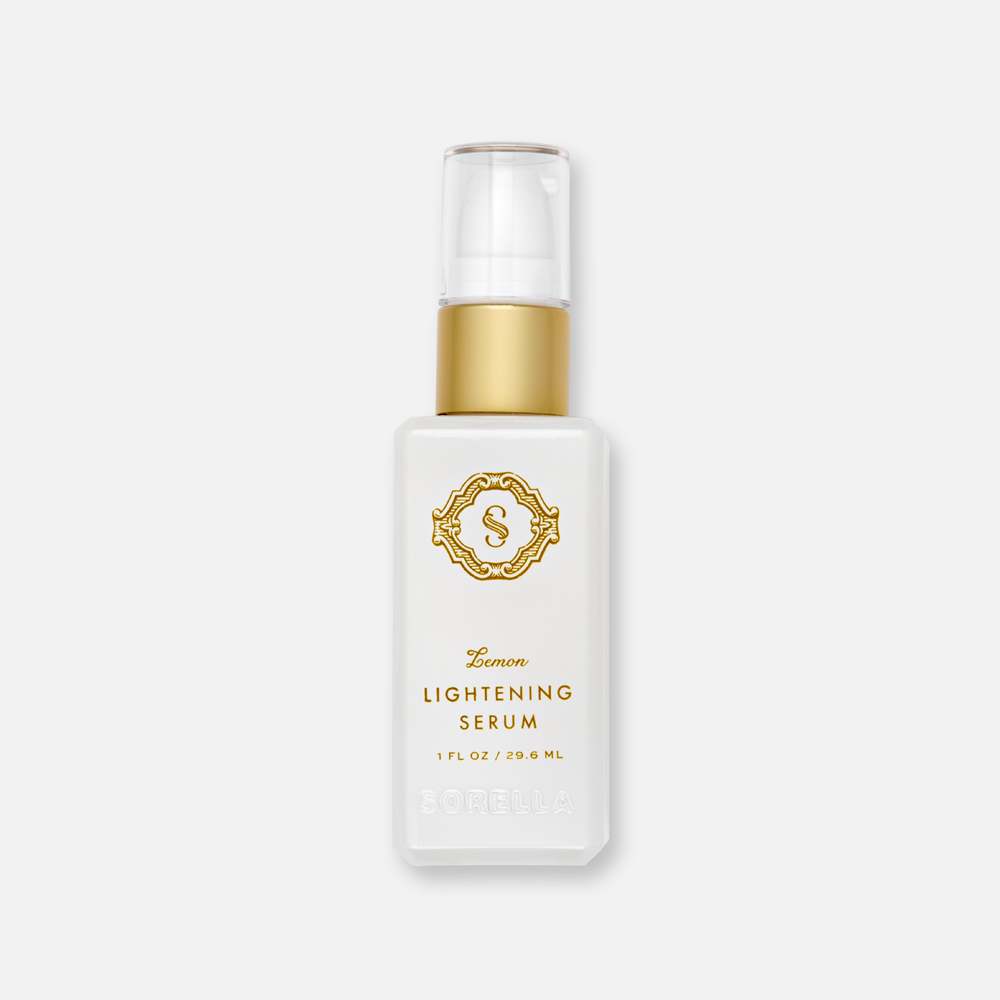
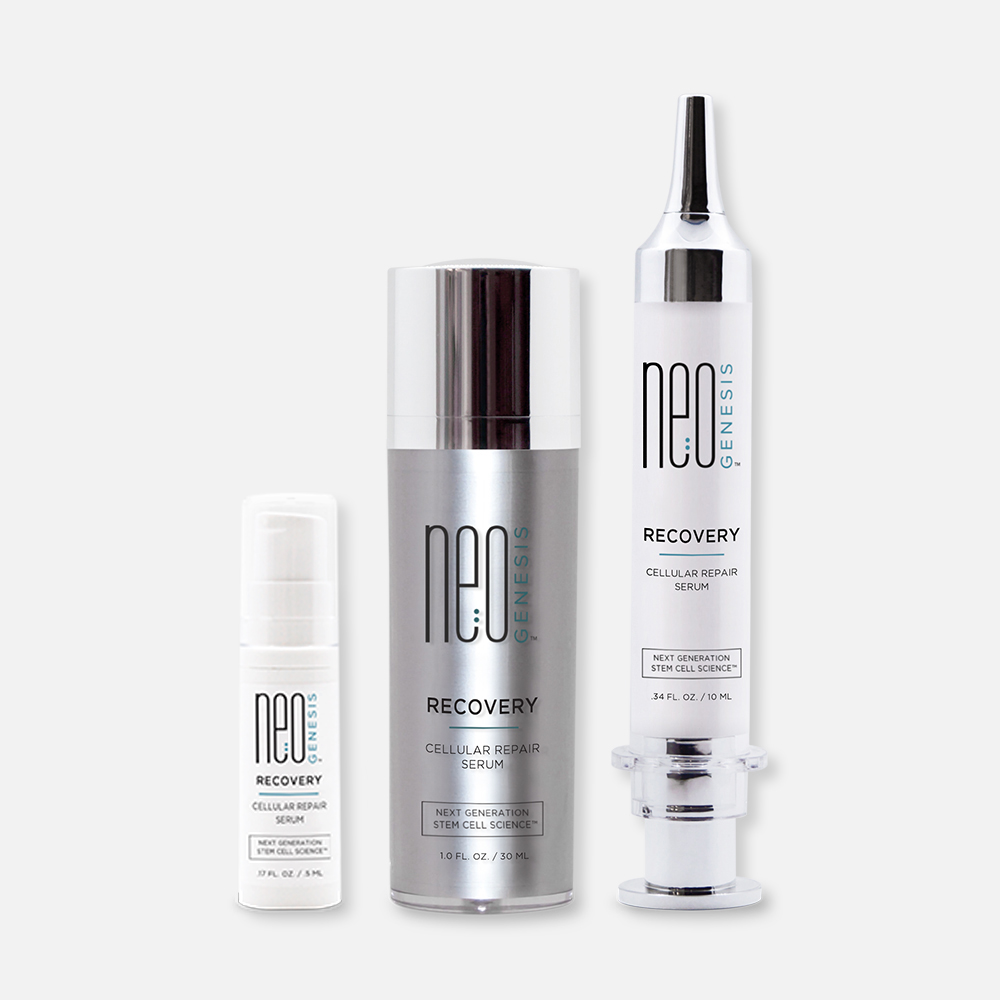
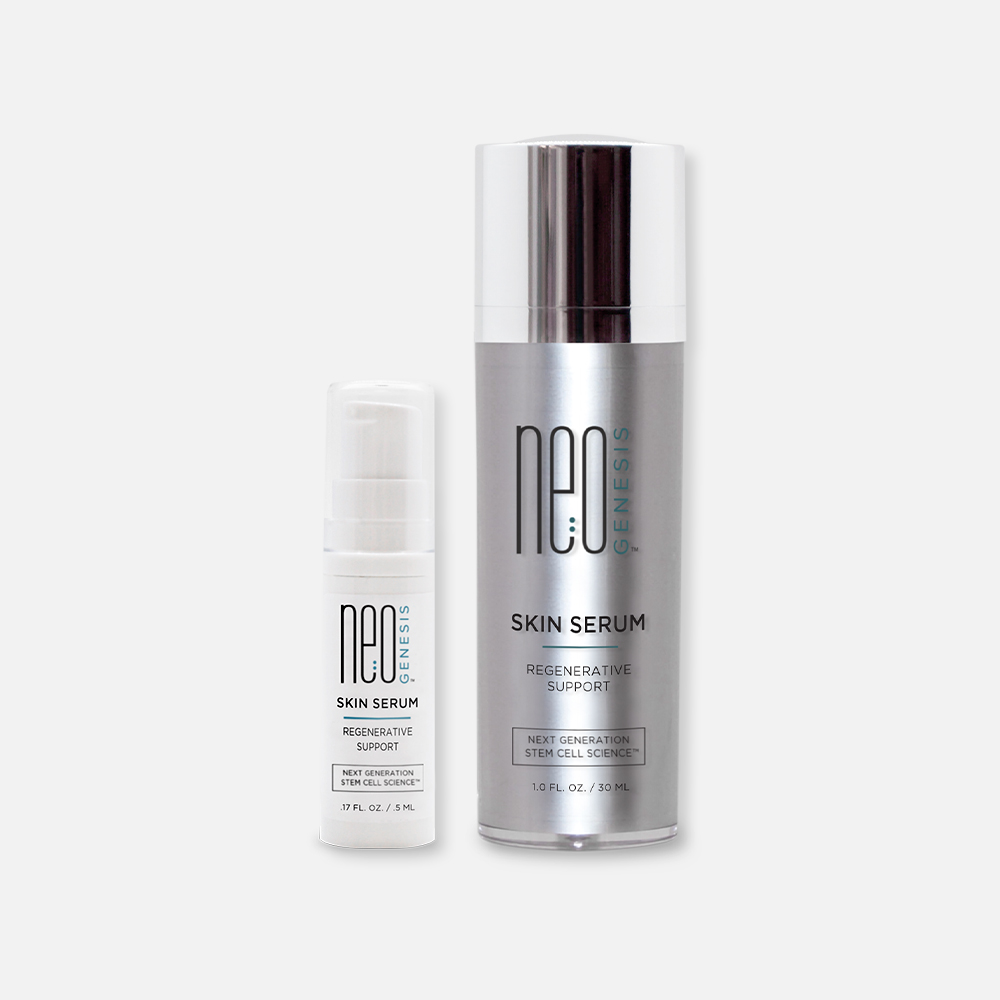
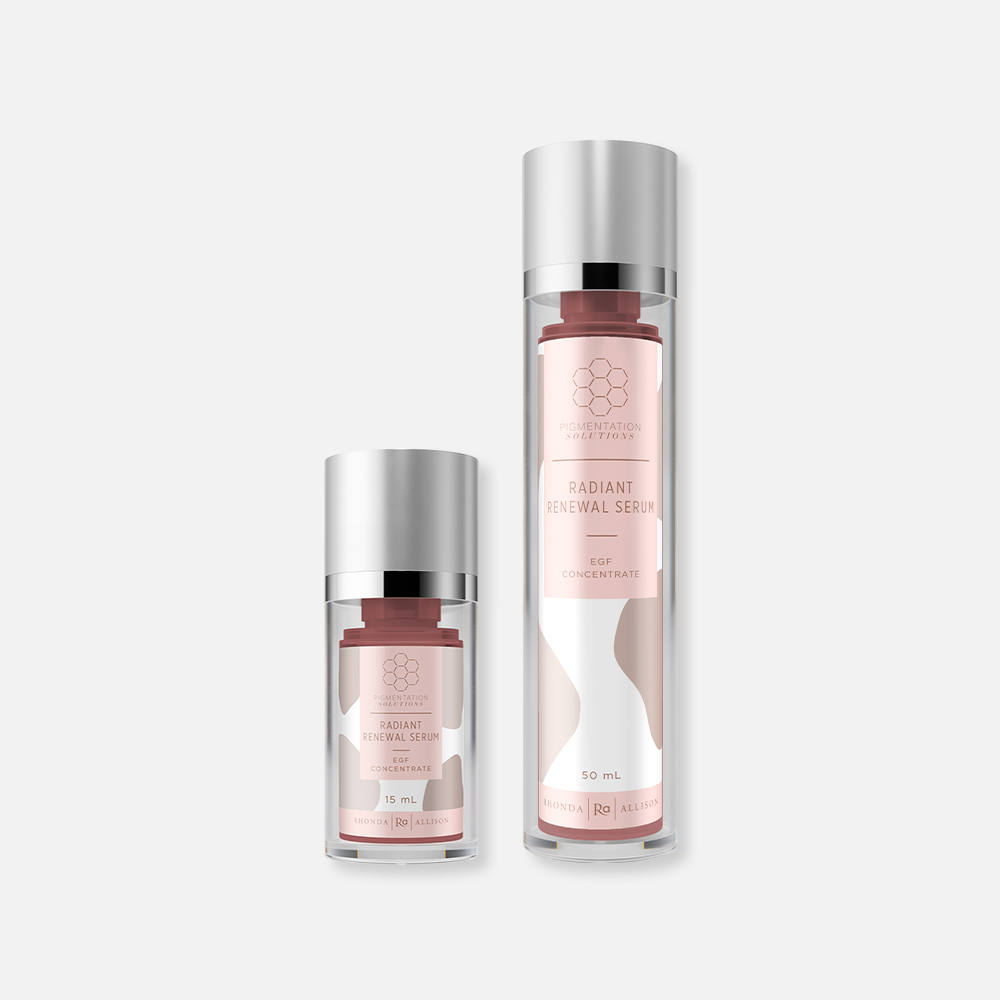
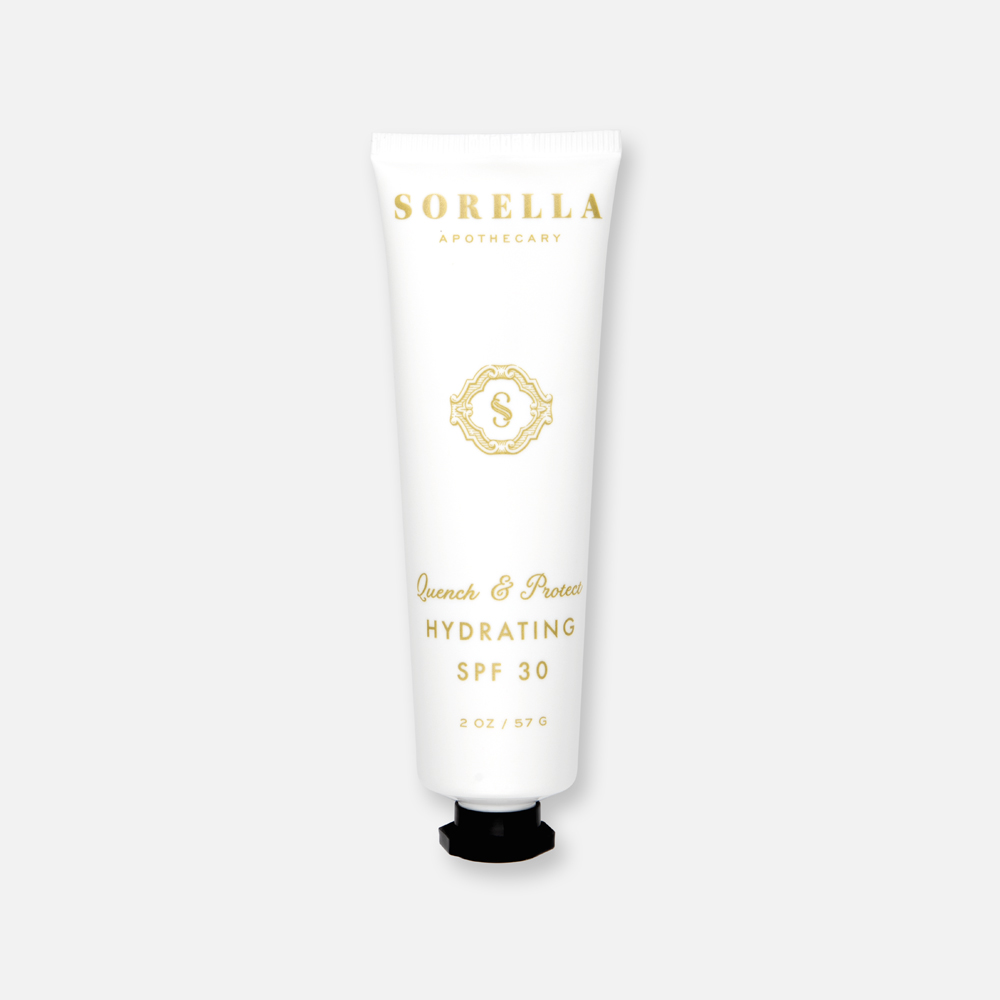
Comments (2)
Hi, i’m 40 and facing PIH since august after bartholin gland surgery on July. Before this my skin is acne free, clear and even skin tone. I’m still confuse why i have PIH.
Hi! It may be that there is a lot more inflammation going on in the body than normal because of your surgery. Keeping the skin well hydrated and protected with SPF will help. You may also want to talk to your doctor about anti-inflammatory supplements like Curcumasorb.